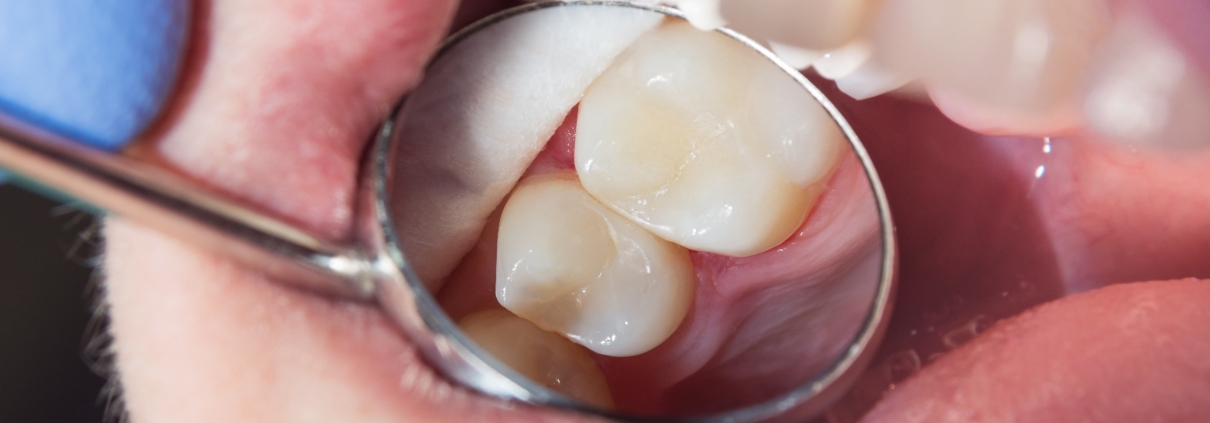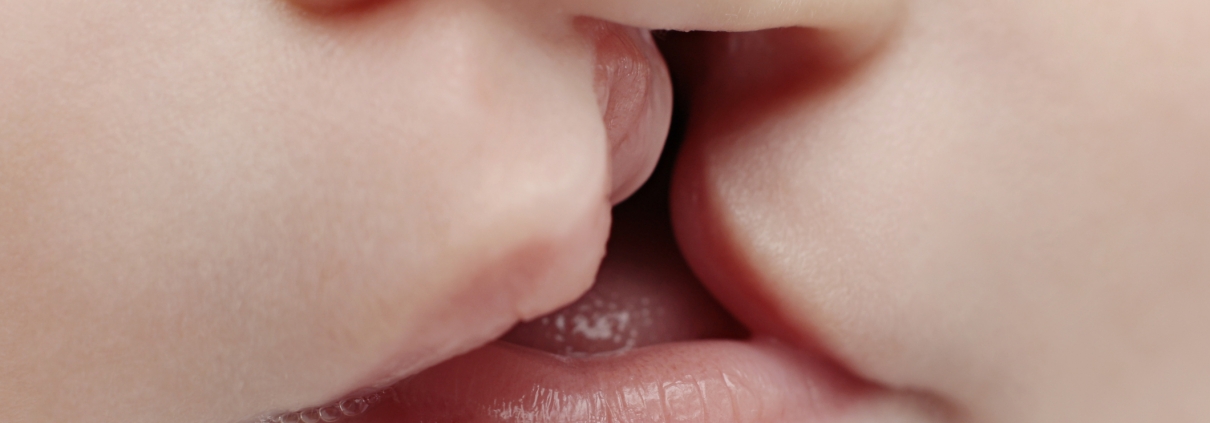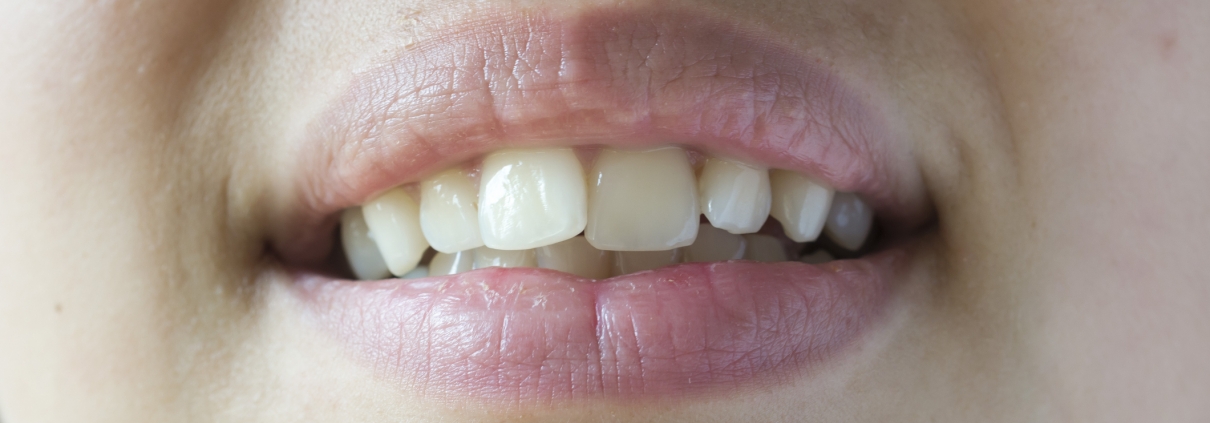Some people are more at risk for tooth decay, including:
Low-income families (children and adults).
Elderly people, from any socio-economic class.
People who live in areas where water is not fluoridated.
People who produce less mucus in their mouths due to illness or medication.
People undergoing radiation therapy.
People with diabetes
Smokers and people who smoke.
People who use alcohol and drugs.
People who consume large amounts of carbonated and sugary drinks.
Tooth decay is caused by two factors: bacteria in the mouth and eating foods high in starch and sugar. The presence of bacteria in the mouth is normal, but if oral hygiene is not observed, the presence of these bacteria can be problematic. Bacteria that are naturally present in the mouth combine with food particles and saliva to produce a substance called plaque. Plaque is a very viscous and invisible (transparent) material that forms quickly. Foods that contain sugar and starch make plaque more sticky on the teeth. If plaque remains on the teeth for more than a few days, it gradually hardens and turns into a substance called tartar.
This bacterium causes tooth decay when bacteria in plaque and tartar convert sugar in the mouth into acid.
Streptococcus mutans and Streptococcus subrinus are bacteria that combine most with carbohydrates such as sucrose, fructose, and glucose to produce acid. This acid softens and corrodes the hard tissue of the tooth and over time, a cavity or hole is formed on the tooth called tooth decay.
Symptoms of tooth decay
Tooth decay usually has no early symptoms, which explains why it is important to see a dentist regularly. With regular dental visits and periodic radiographs, tooth decay can be diagnosed in the early stages and treated before the cavity progresses to the point where it causes symptoms.
As tooth decay progresses, the cavity created in the tooth gets closer to the root of the tooth and causes toothache. The pain gradually increases and especially intensifies when the teeth are exposed to heat, cold, foods and sugary drinks. If the cavity created in the tooth is wide enough, it can break a part of the tooth, resulting in a large and visible hole in the tooth, and the tooth may be exposed to pressure when Chewing food becomes sensitive. Bad breath or bad taste in the mouth are other symptoms of tooth decay. Caries of the front teeth is more visible and can be seen in the form of brown or black spots on the teeth, but caries in other teeth is usually not visible without the use of X-rays.
If the tooth decay is in the early stages, your dentist will apply a fluoride solution to it to prevent the caries from progressing. If tooth decay has caused the destruction of tooth enamel (hard coating on the tooth) and has created a cavity in the tooth, your dentist will first remove the soft part of the tooth at the site of the caries and then fill the cavity with special materials.
If the root of the tooth is damaged, denervation treatment may be needed. In denervation treatment, the nerve inside the tooth is completely removed, and instead, the tooth is filled with special materials and then placed on the veneer. If the amount of tooth damage is so great that it cannot be recovered and repaired, the tooth may be extracted.
Fluoride treatment
Fluoride is probably the most effective way to prevent or prevent the spread of tooth decay. Fluoride is a mineral that is found naturally in some foods, such as fish and tea, but can also be produced artificially.
In the production of toothpaste, synthetic fluoride is used and the required fluoride that should reach the teeth is supplied to most people in this way. In some countries and regions, very small amounts of fluoride are added to municipal tap water. Fluoride strengthens tooth enamel, protects the teeth, and makes the teeth more resistant to the acid produced by plaque. It also reduces the ability of plaque to produce acid and increases the ability of tooth enamel to repair and recover. If your tooth decay is in its early stages, your dentist can prevent further tooth decay by using fluoride therapy and placing a fluoride solution or paste or gel on the tooth.
Two factors are involved in the development of dental caries, while two factors are important in preventing caries: oral health and changing eating habits.
Oral hygiene means brushing your teeth at least twice a day, flossing at least once a day and cleaning your teeth professionally in the dental office every six months, and being examined by a dentist to check the condition of your teeth with the help of radiographic images.
Reducing the amount of sugar consumed – especially sugary drinks – can be effective in preventing tooth decay. It is best to brush your teeth and rinse your mouth after eating sticky foods.
It is recommended that you eat sweet and sticky foods such as dried fruits with your main meals instead of as a snack. Avoiding multiple snacks throughout the day, not eating chocolate and sweets, and sweeteners can also help prevent the formation of acid in your mouth (which can lead to caries).
Fissure sealant is also very effective in preventing tooth decay. Fissure sealants are most often performed on children after their Asian teeth have erupted. Fissure sealant is a thin plastic-like coating on the surface of the Asian teeth that prevents plaque from forming on these teeth.
Fluoride therapy is another way to prevent tooth decay. Fluoride may be present in drinking water and fluoride solution may be used. Topical fluoride solution is also used in routine dental examinations. Your dentist may also recommend fluoride mouthwash and toothpaste.











